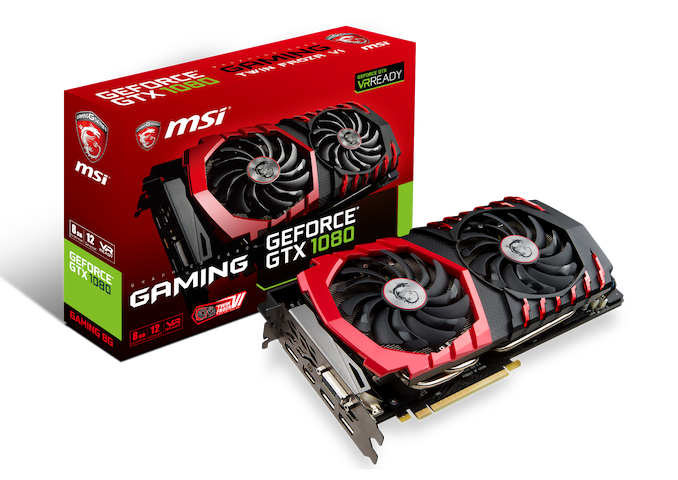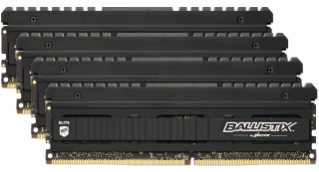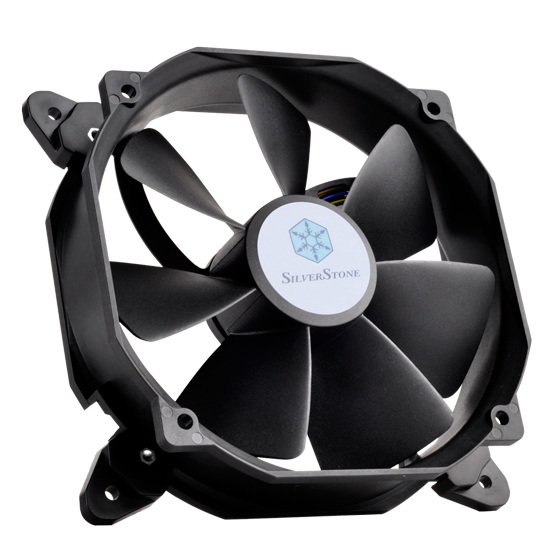It’s a Cascade of 14nm CPUs: AnandTech’s Intel Core i9-10980XE Review
by Dr. Ian Cutress on November 25, 2019 9:00 AM ESTTest Bed and Setup
As per our processor testing policy, we take a premium category motherboard suitable for the socket, and equip the system with a suitable amount of memory running at the manufacturer's maximum supported frequency. This is also typically run at JEDEC subtimings where possible. It is noted that some users are not keen on this policy, stating that sometimes the maximum supported frequency is quite low, or faster memory is available at a similar price, or that the JEDEC speeds can be prohibitive for performance. While these comments make sense, ultimately very few users apply memory profiles (either XMP or other) as they require interaction with the BIOS, and most users will fall back on JEDEC supported speeds - this includes home users as well as industry who might want to shave off a cent or two from the cost or stay within the margins set by the manufacturer. Where possible, we will extend out testing to include faster memory modules either at the same time as the review or a later date.
| Test Setup | |
| Intel Cascade Lake | Core i9-10980XE |
| Motherboard | ASRock X299 OC Formula (BIOS P1.80) |
| CPU Cooler | TRUE Copper + Silverstone Fan |
| DRAM | Corsair Vengeance RGB 4x8 GB DDR4-2933 |
| GPU | Sapphire RX 460 2GB (CPU Tests) MSI GTX 1080 Gaming 8G (Gaming Tests) |
| PSU | Corsair AX860i |
| SSD | Crucial MX500 2TB |
| OS | Windows 10 1909 |
For our motherboard, we are using the latest firmware. I do not believe that ASRock has updated its BIOSes to provide fixes for the latest Intel security updates, as these take time.
The latest AMD TR3 benchmarks were run by Gavin Bonshor, while I attended Supercomputing in Denver last week. Unfortunately both Intel and AMD decided to sample processors before the annual trade show conference, with launches only a couple of days after the show finished. As a result, our testing has been split between Gavin and myself, and we have endevoured to ensure parity through my automated testing suite.
Also, our compile test seems to have broken itself when we used Windows 10 1909, and due to travel we have not had time to debug why it is no longer working. We hope to get this test up and running in the new year, along with an updated test suite.
We must thank the following companies for kindly providing hardware for our multiple test beds. Some of this hardware is not in this test bed specifically, but is used in other testing.


















79 Comments
View All Comments
milkywayer - Monday, November 25, 2019 - link
Thank you AMD for strong arming the serial-milker Intel. Price cut from $1900 to $900. Hard to believe Intel would cut down on the core count milking. Am I dreaming?regsEx - Monday, November 25, 2019 - link
Mind it was Intel and without any competition who lowered mainstream price from $500 to $300 back in 2011. 3700X would cost $500 now if not that. So thank you, Intel.Spunjji - Monday, November 25, 2019 - link
Balderdash. Near the end of 2010 you could get a 6-core AMD Phenom II CPU for $270. By 2011, an "8 core" 4-module Bulldozer cost the same and Intel's products were priced to compete with that.So, uh, thanks again AMD..?
karmapop - Monday, November 25, 2019 - link
Sorry, but you may want to dig back into the review archives for some untinted perspective on that info. In fact, you're both incorrect. That mainstream performance pricing shift happened in 2008, with the introduction of the Yorkfield Core 2 Quad chips, and more importantly the Bloomfield Core i7 (with the i7-920 becoming that $300 darling entry point for the enthusiast platform).Those mid-2010 Thuban Phenom II X6 chips? Passably competitive with the lowest end quad-core Bloomfield chips (which were already on the market for a year and a half prior). And let's just forget about the dumpster fire that was Bulldozer, given that fabled FX-8150 had trouble matching the old Thuban Phenom II X6 at launch.
nt300 - Tuesday, November 26, 2019 - link
The FX 8350 & FX 8320 Piledriver CPUs saved AMDs bacon and proved to be more than enough for modern PC Gaming back in the day. They held great price/performance and were highly cost effective. Among Steamroller, then Excavator for the APU markets, they've held AMD afloat just in time for the superior ZEN launch. Now sit back and watch Intel finally struggle, deservingly so.yeeeeman - Wednesday, November 27, 2019 - link
They were so crap that AMD could boast 50% better ipc with zen over bulldozer, while still being lower than Skylake.Korguz - Wednesday, November 27, 2019 - link
too bad zen has better ipc then intel now...Gondalf - Wednesday, November 27, 2019 - link
According to the official Spec submissions nope, Zen 2 is on pair with Skylake (bypassing the huge L3). More or less AMD enlarged the L3 just to have the lead, this have a cost obviously, the 7nm silicon is pretty expensive. Try to image a 9900K with 32MB of L3 with the same latency.You will have a winner.
Korguz - Wednesday, November 27, 2019 - link
gondalfsorry but zen 2 does have better ipc then intel does now.. why else does intel need such high clocks to compete with lower clocked chips ?? explain that one.. clock for clock.. zen 2.. has better ipc...
Qasar - Wednesday, November 27, 2019 - link
gondalf : According to the official Spec submissions " what spec submissions page ? also.. if you think having a large L3 cache is the reason why zen has more ipc then intel, then there is something wrong. if that was the case, WHY didnt intel do the same with the 10xxx series they just released ? keep in mind, 10xxx series, as 10 megs more of L2 to play around with... lets see you explain that as well.